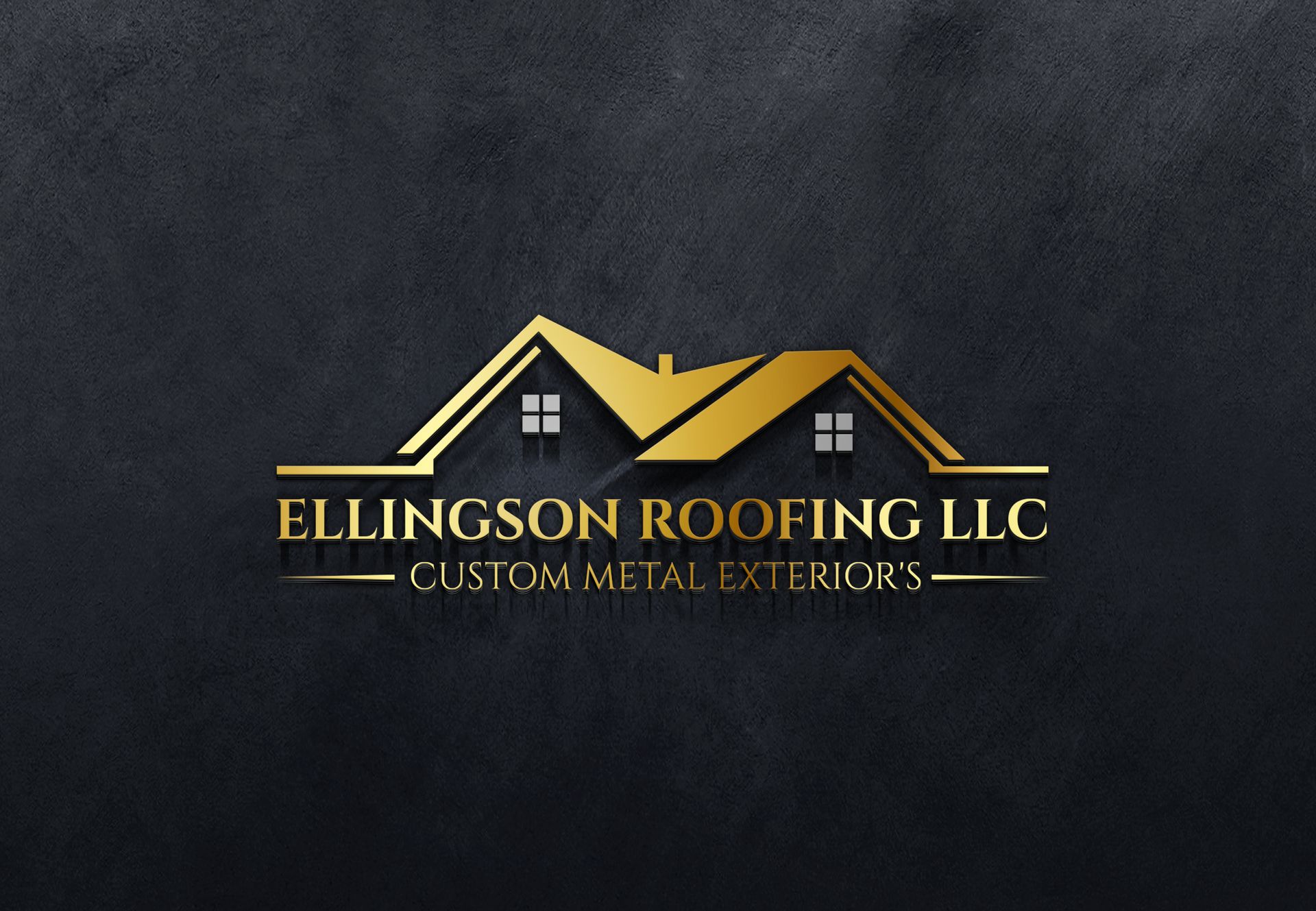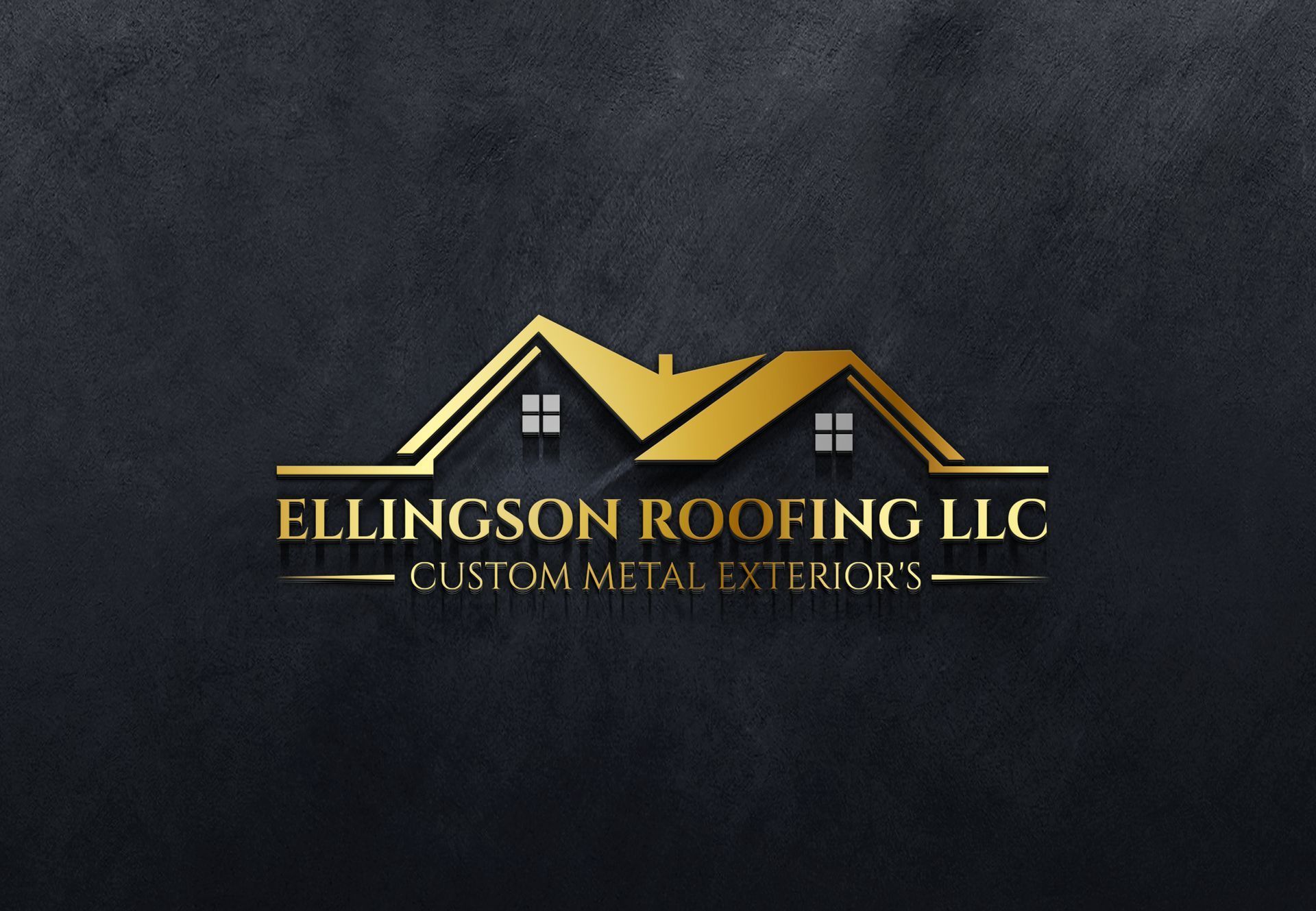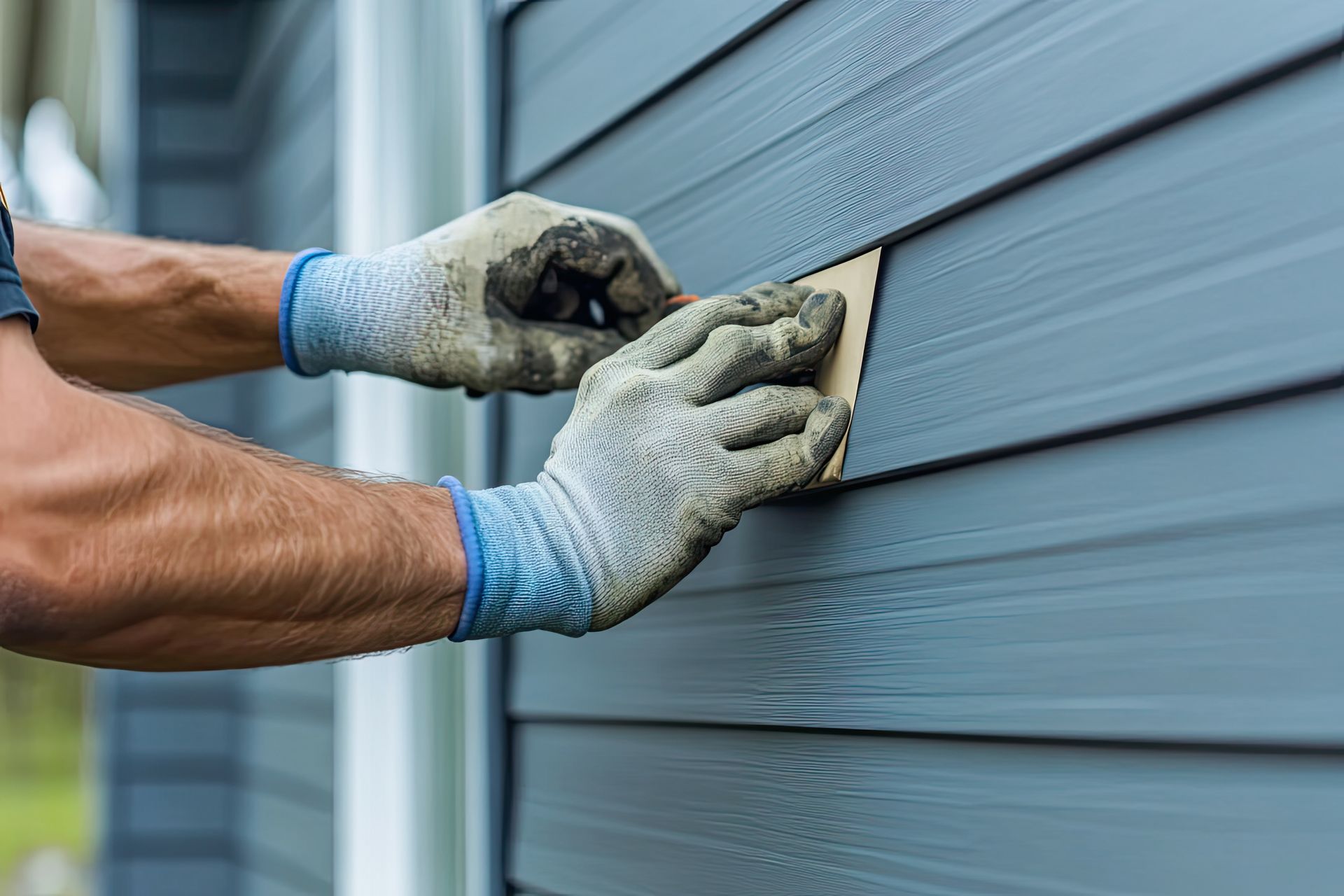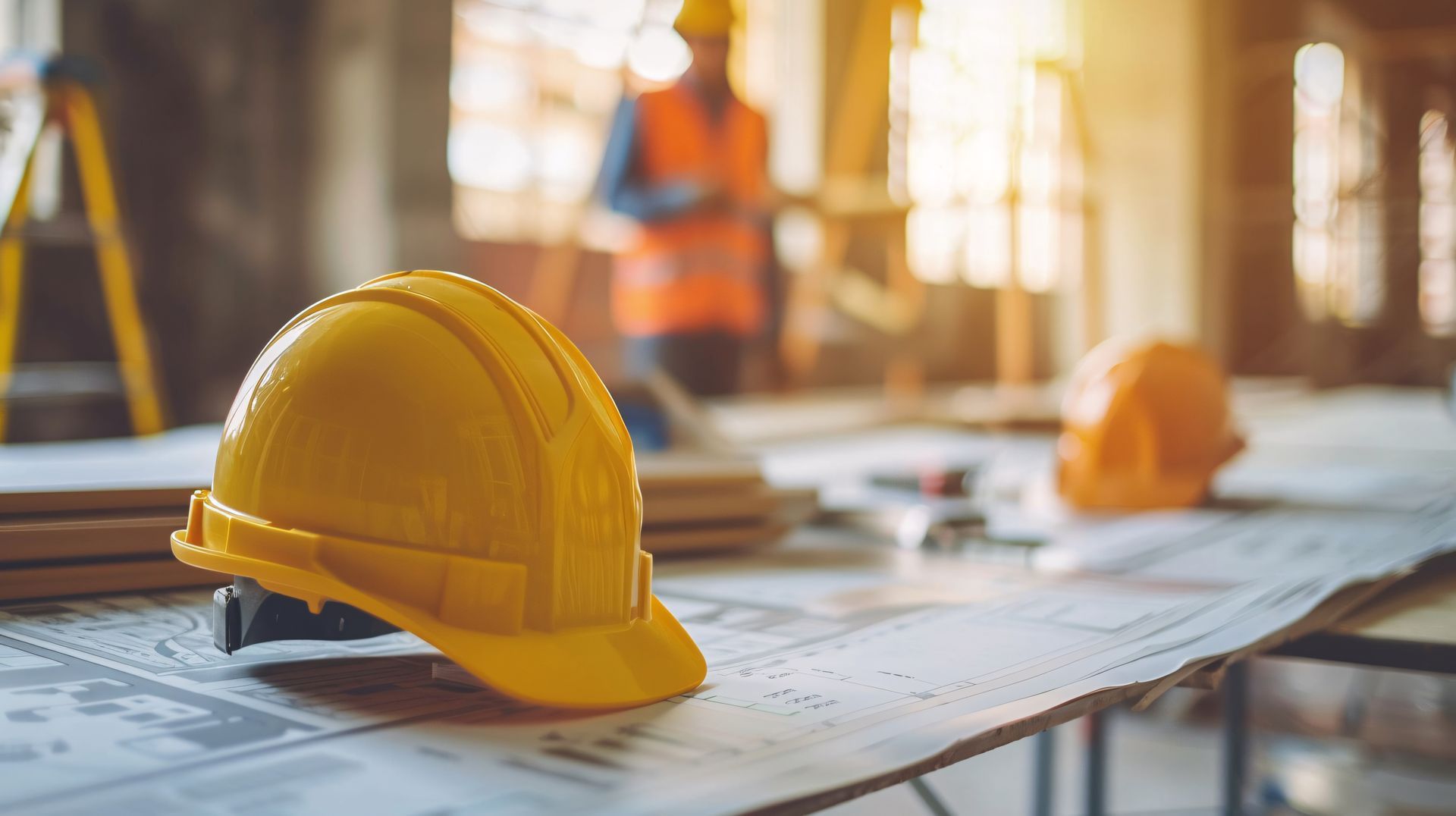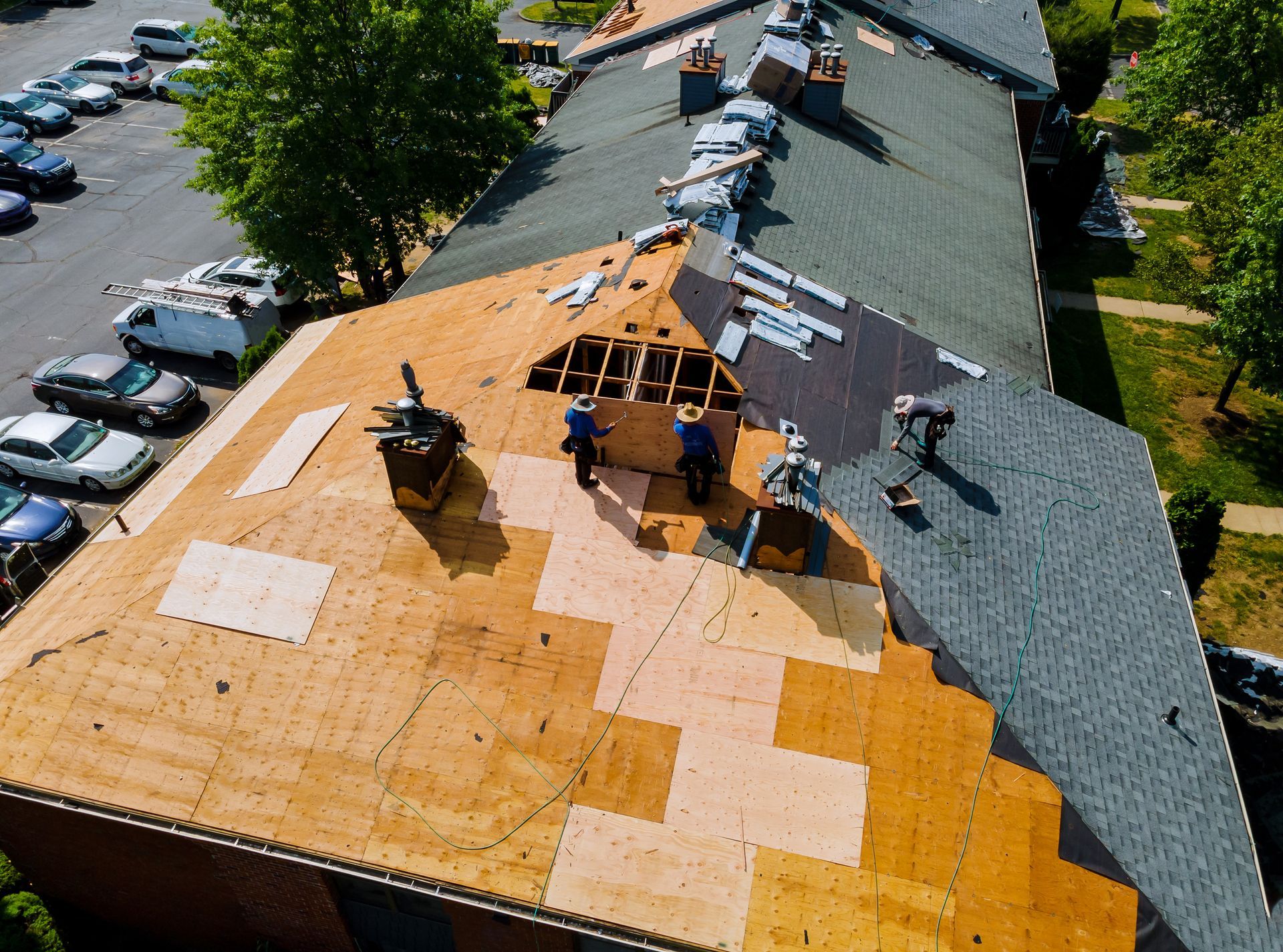Risks Of Carbon Monoxide Poisoning: Roofing As A Factor
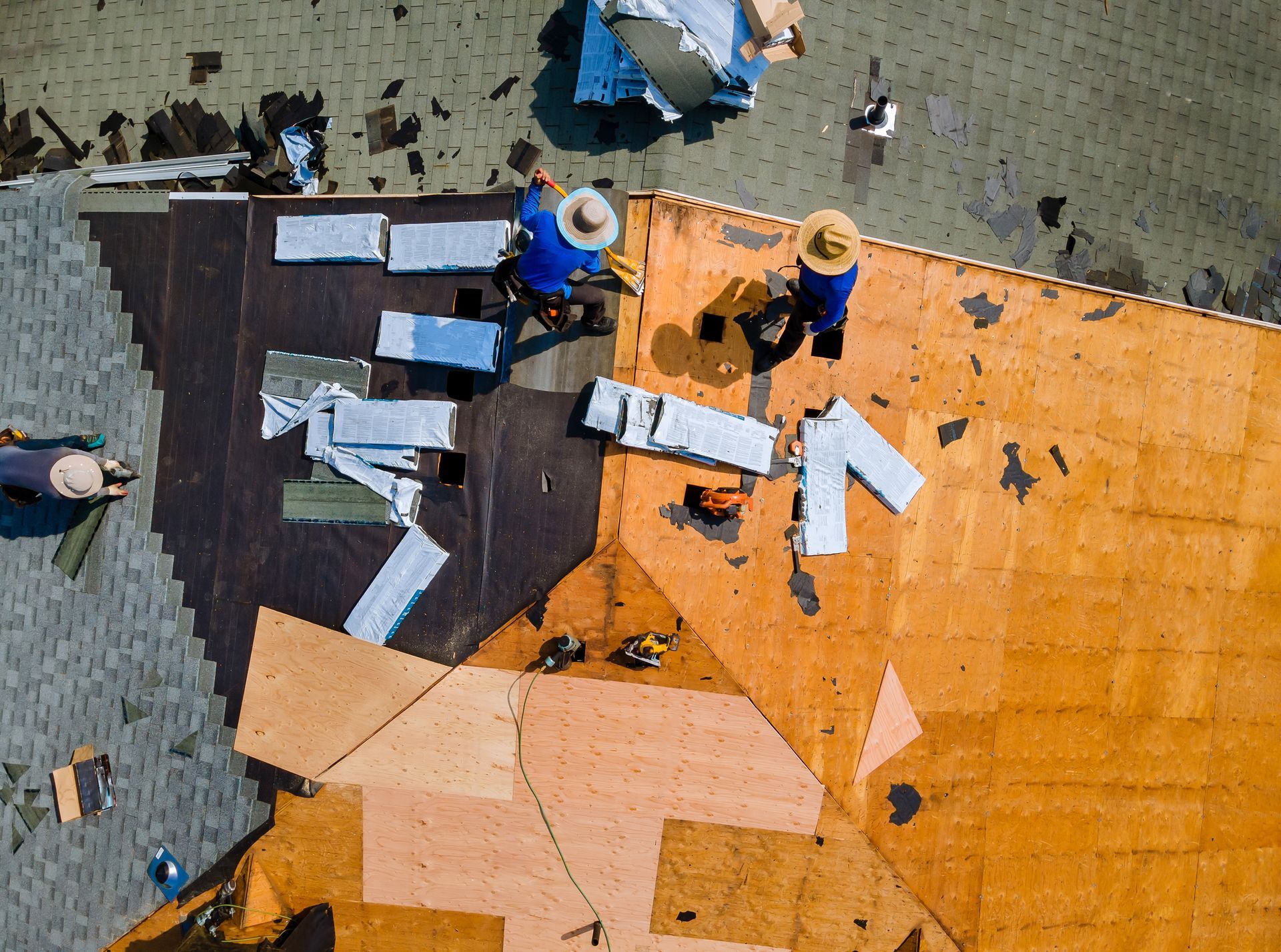
When most homeowners think about their roofing system, they focus on how well it protects them from the elements—rain, wind, snow, and the scorching sun. However, another critical yet often overlooked function of your roof involves its role in maintaining indoor air quality and preventing dangerous gasses from entering your living space. One of the most hazardous gasses in homes is carbon monoxide (CO), an odorless, colorless gas that can cause severe health issues or even death if not properly managed. For residents in Helena, Montana, ensuring your home is safe from carbon monoxide hazards should be a top priority, and your roofing system plays a surprising but crucial role.
In this blog post, we’ll explore how your roof can contribute to the risks of carbon monoxide poisoning, what to look for in terms of roofing issues, and how Ellingson Roofing LLC, a leading Helena roofing company, can help you ensure your home is safe and protected from this invisible threat.
Understanding Carbon Monoxide Poisoning
Carbon monoxide is produced whenever fuel is burned. This includes gas, oil, coal, and wood, which are common fuel sources in many homes for heating, cooking, and even running certain appliances. While small amounts of CO can be vented safely outside, poor ventilation or leaks in your roofing or chimney system can trap this gas inside your home.
Carbon monoxide poisoning occurs when CO builds up in enclosed spaces, preventing oxygen from being delivered to the body’s tissues. This can lead to symptoms such as headaches, dizziness, confusion, chest pain, or even unconsciousness. In severe cases, prolonged exposure to carbon monoxide can be fatal.
Given the risks, it is essential for homeowners to understand the possible sources of carbon monoxide in their homes and how their roofing system can play a role in preventing its buildup.
How Roofing Systems Can Contribute To Carbon Monoxide Risks
You might wonder: how can a roof impact carbon monoxide exposure inside a home? While it may seem like the roof only protects against weather, its role extends into other important areas, including ventilation, exhaust management, and maintaining the integrity of gas-operated systems. Click Top Roofing Company - Ellingson Roofing LLC for more details.
Blocked Or Damaged Chimneys
For homes that rely on fireplaces, wood stoves, or other combustion-based heating systems, the chimney is the primary escape route for exhaust gasses like carbon monoxide. Over time, chimneys can become blocked by debris, animal nests, or even snow and ice buildup. When the chimney is blocked, exhaust gasses can no longer escape outside, causing dangerous carbon monoxide levels to accumulate inside.
Roof damage, such as missing shingles or structural deterioration, can also contribute to chimney issues. Roof leaks, for example, can weaken the mortar in chimneys, leading to cracks or blockages that allow CO to seep into the home. Regular roof and chimney inspections can help identify these risks early on.
Inadequate Ventilation Systems
Modern homes are designed to be energy-efficient, often sealing off any gaps that could allow air to escape. However, this can sometimes work against proper ventilation, especially if your roof’s ventilation system isn’t functioning properly. Poor attic ventilation can lead to poor air circulation, causing exhaust gasses from water heaters, furnaces, or gas appliances to accumulate rather than venting out of the home. This issue is particularly relevant in Helena, where homes are designed to withstand colder weather, and heating systems work overtime during the winter.
Roof vents, soffit vents, and exhaust fans all play a critical role in allowing harmful gasses, including carbon monoxide, to escape. If your roof’s ventilation system is damaged or blocked, CO can build up inside your home, putting your family at risk. An experienced roofing company like Ellingson Roofing LLC can ensure your ventilation system is up to par.
Damaged Roof Vents And Exhaust Pipes
The exhaust pipes and vents on your roof allow harmful gasses from furnaces, boilers, and water heaters to exit the home safely. If these vents are damaged, improperly installed, or blocked by snow, ice, or debris, carbon monoxide can back up into your living space. This can be especially problematic in Helena, where heavy snowfall is common in the winter months.
Roof vent caps or exhaust pipes can also become corroded over time due to exposure to the elements. Corrosion or damage can create cracks, allowing gasses like carbon monoxide to leak into attics and eventually into living spaces. Regular inspections by a professional roofing company can catch these issues before they become life-threatening.
Improper Installation Of Roofing Materials
In some cases, poor roofing installation can inadvertently contribute to CO buildup. For instance, if a new roof is installed without proper attention to ventilation or exhaust systems, it could create a situation where carbon monoxide cannot escape the home efficiently. This is particularly dangerous for homes with gas furnaces, water heaters, or fireplaces that rely on properly functioning exhaust systems.
When choosing a Helena roofing company for installation or repairs, it’s important to select a team with the knowledge and expertise to integrate roofing with all aspects of your home’s safety systems. Ellingson Roofing LLC takes care to ensure that every part of the roofing process is done with precision and attention to detail, helping to protect your family from unseen dangers like carbon monoxide.
Signs You May Have A Roofing-Related CO Issue
While carbon monoxide is odorless and invisible, there are still some warning signs that you might have a problem with CO buildup related to your roofing system. Watch out for these red flags:
- Water stains or leaks near your chimney: This could indicate that your roof or chimney is damaged, possibly affecting exhaust ventilation.
- Poor airflow in your attic: If your attic feels stuffy or hot, it may mean that your roof’s ventilation system isn’t working properly, which could also affect how gasses are vented from your home.
- Backdrafting in appliances: If you notice smoke or exhaust gasses coming back into your home from fireplaces or gas appliances, this could indicate a blocked vent or chimney.
- Ice dams in the winter: Ice buildup on your roof can block vents or exhaust pipes, increasing the risk of carbon monoxide accumulation inside the home.
How Ellingson Roofing LLC Can Help Prevent Carbon Monoxide Risks
As one of the leading Helena roofing companies, Ellingson Roofing LLC understands the importance of a well-functioning roof, not just for weather protection but also for ensuring the safety of your home’s internal systems. Whether you need a roof inspection, repair, or a full roof replacement, Ellingson Roofing can help identify potential carbon monoxide risks and make the necessary repairs to safeguard your home.
Roof And Chimney Inspections
Regular inspections are key to preventing carbon monoxide issues. Ellingson Roofing LLC provides comprehensive roof and chimney inspections, checking for leaks, blockages, and structural damage that could affect your home’s ventilation and exhaust systems.
Ventilation System Upgrades
If your roof’s ventilation system isn’t functioning properly, Ellingson Roofing LLC can upgrade or repair vents, soffits, and exhaust fans to ensure your home remains well-ventilated. Proper ventilation is not only important for reducing energy costs but also for safely venting gases like carbon monoxide.
Exhaust Pipe And Vent Repairs
Ellingson Roofing can also repair or replace damaged exhaust pipes, vent caps, and roof vents, ensuring that harmful gases are directed safely out of your home. Whether you need minor repairs or a complete overhaul of your roofing exhaust systems, their team is equipped to handle it.
Snow And Ice Management
Given Helena’s harsh winter conditions, snow and ice can become a major hazard when it comes to roof ventilation. Ellingson Roofing offers snow and ice removal services to ensure that vents, chimneys, and exhaust pipes remain clear during the colder months.
Conclusion
Carbon monoxide poisoning is a serious risk that every homeowner should be aware of, especially in colder climates like Helena, where heating systems are used extensively. Your roof, chimney, and ventilation system play a crucial role in preventing the buildup of this deadly gas, and regular maintenance is essential for ensuring your home remains safe.
As a trusted Helena roofing company, Ellingson Roofing LLC is committed to helping homeowners address these hidden risks by providing top-tier roofing services, from inspections to repairs and installations. If you’re concerned about the potential for carbon monoxide in your home, contact Ellingson Roofing today to schedule an inspection and safeguard your family from this invisible threat.
SERVICE AREAS
MONTANA
Kalispell, MT - Missoula, MT
Great Falls, MT - Butte, MT
Shelby, MT - Bozeman, MT
Big Sky, MT - Belgrade, MT
Anaconda, MT - Helena, MT
GEORGIA
Fayetteville, GA - Peachtree City, GA
Whitewater, GA - Fairburn, GA
CONTACT
© Ellingson Roofing LLC 2024 All Rights Reserved - Proudly Created with Bozeman SEO Pro & Ellingson SEO

